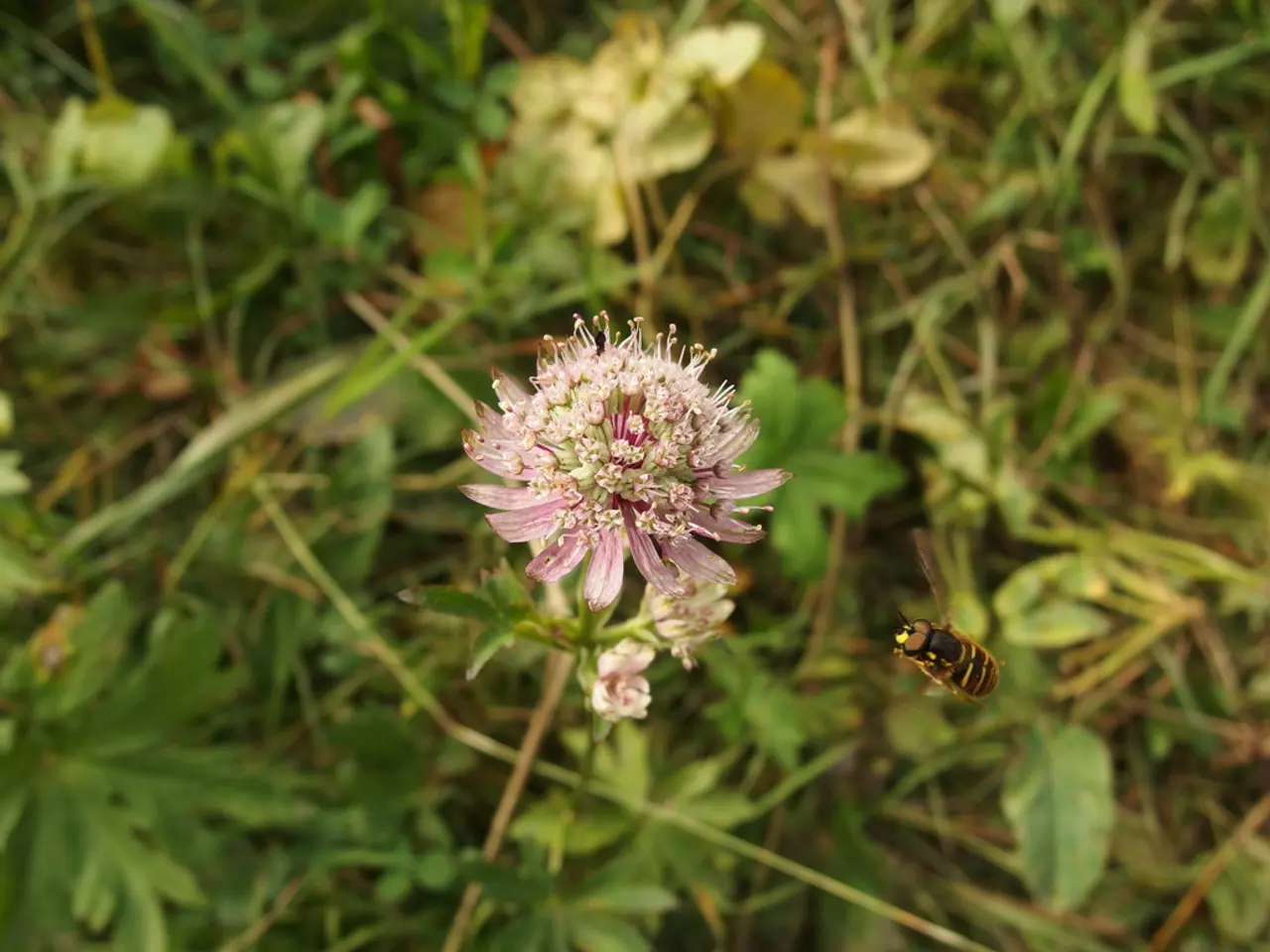Uncommon Pest Management Techniques for Greenhouses
In the pursuit of sustainable gardening, greenhouse growers can effectively control pests using natural repellents and companion plants. By incorporating aromatic and pest-repelling plants such as marigolds, basil, mint, and garlic, a pest-unfriendly environment can be created.
Marigolds, with their ability to release compounds that reduce pest risk, can be used both as living plants around crops and as concentrated sprays. Basil and mint serve not only as natural pest deterrents but also potentially enhance crop flavour. Garlic plants or sprays emit strong scents that confuse pests, making them particularly effective against grasshoppers and other insects.
To maximise the efficacy of these methods, arrange companion plants strategically around susceptible crops to create a barrier. Regularly apply homemade natural sprays to reinforce pest deterrence. Combine natural repellents with cultural practices like physical barriers and habitat encouragement for beneficial insects, such as installing birdbaths or feeders.
Incorporating pest-resistant plants like marigolds, lavender, and basil into a greenhouse creates a natural barrier against pests. Watering plants early in the morning helps the sun dry the leaves throughout the day, reducing pest appeal. Using drip irrigation helps control how much water each plant gets, reducing excess moisture that attracts pests.
Neem oil, garlic spray, and pepper spray are effective natural repellents for keeping pests at bay in greenhouses. These can be mixed with water and sprayed on plants. Using beneficial insects in greenhouses, such as ladybugs and lacewings, helps keep pest populations in check.
Planning the layout of companion plants helps visualise their relationships. Identifying common pests like aphids or spider mites is necessary when using beneficial insects. Monitoring growth helps identify if a plant isn't thriving and might need to be switched.
Monitoring traps regularly and replacing them keeps the pest population down. Sticky traps are effective for flies and aphids, while pheromone traps are effective for moths and beetles. Rotating crops each season keeps pests guessing.
Organic pest management protects beneficial bugs, helping control pests naturally. This integrated approach reduces reliance on synthetic chemicals, promotes plant health, supports beneficial organisms, and helps maintain a balanced greenhouse ecosystem.
Basil planted near tomatoes keeps flies away, marigolds make soil less appealing to harmful pests, and nasturtium attracts aphids away from cabbage. Choosing the right plants for companion planting is crucial for maintaining a healthy and thriving greenhouse.
In conclusion, embracing organic pest management in greenhouses offers numerous benefits, including healthier produce, reduced reliance on synthetic pesticides, and a more balanced ecosystem. By incorporating natural repellents and companion plants, growers can create a pest-unfriendly environment that promotes plant health and supports beneficial organisms.
Fruits may benefit from the enhanced flavour provided by basil and mint when grown alongside them, as these herbs are known to serve not only as natural pest deterrents but also to potentially enhance crop flavour. In a home-and-garden setting, gardening with a mix of pest-resistant plants such as marigolds, lavender, and basil can contribute to a lifestyle that promotes sustainability and organic gardening practices.




